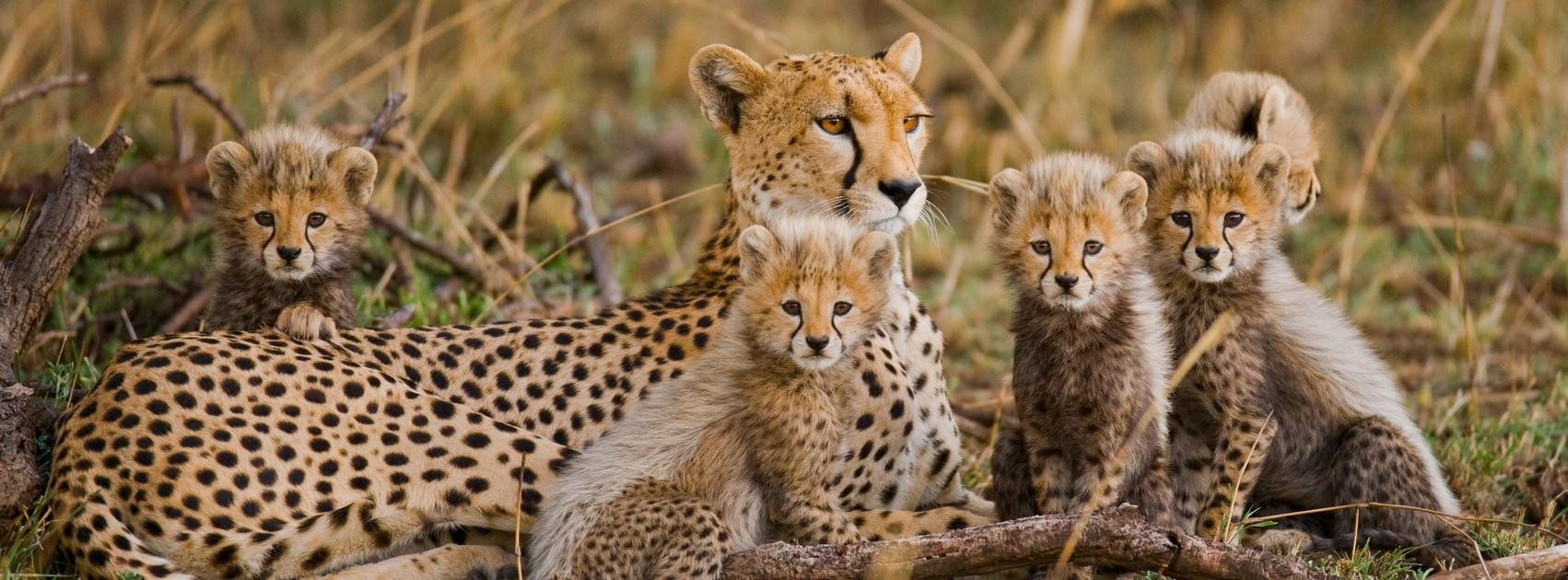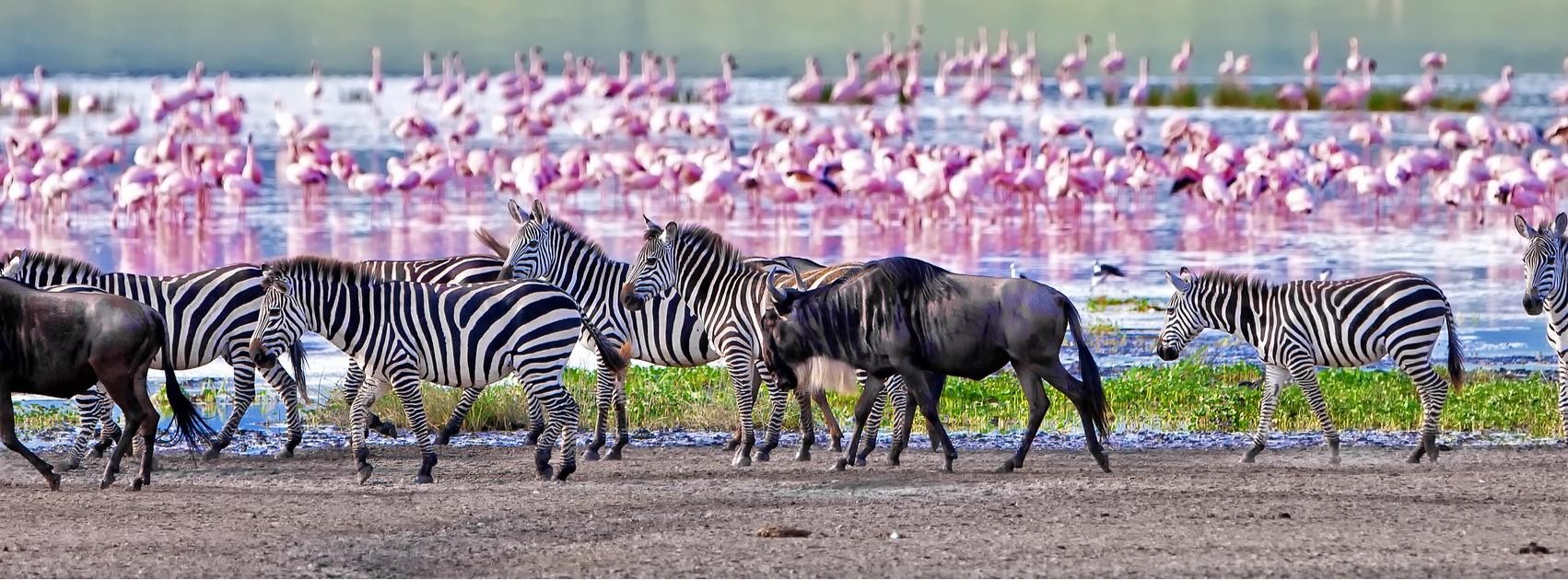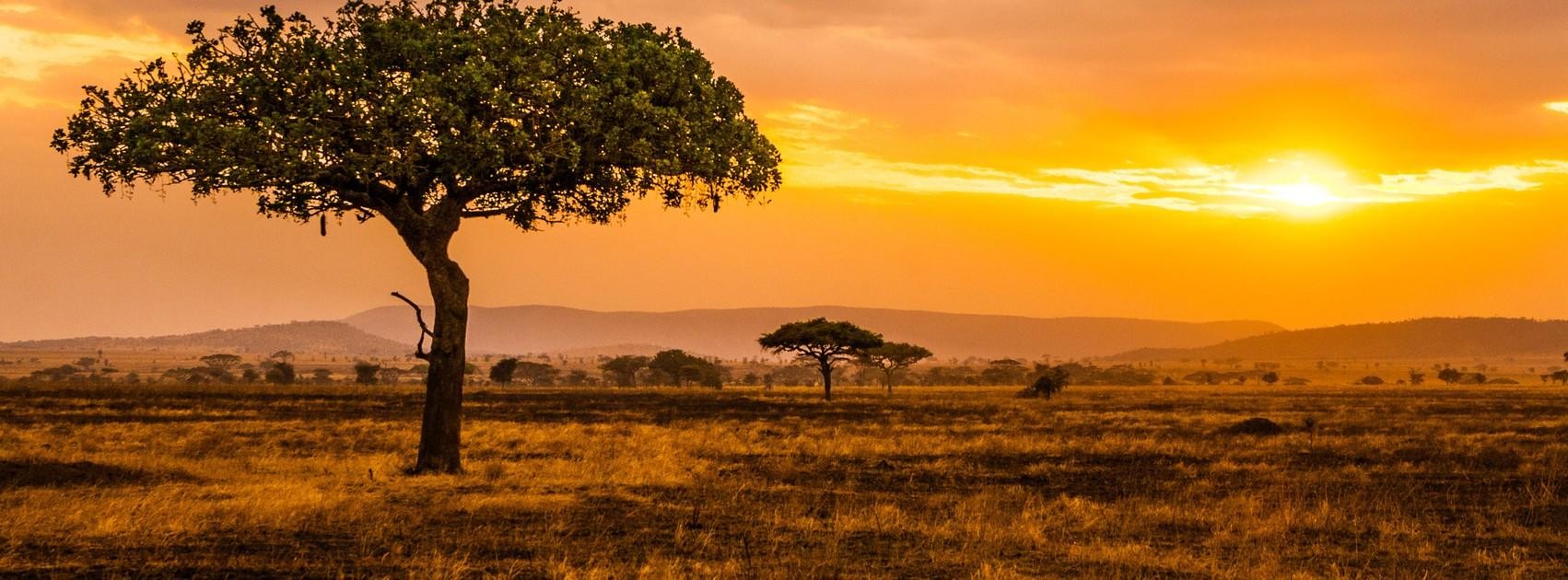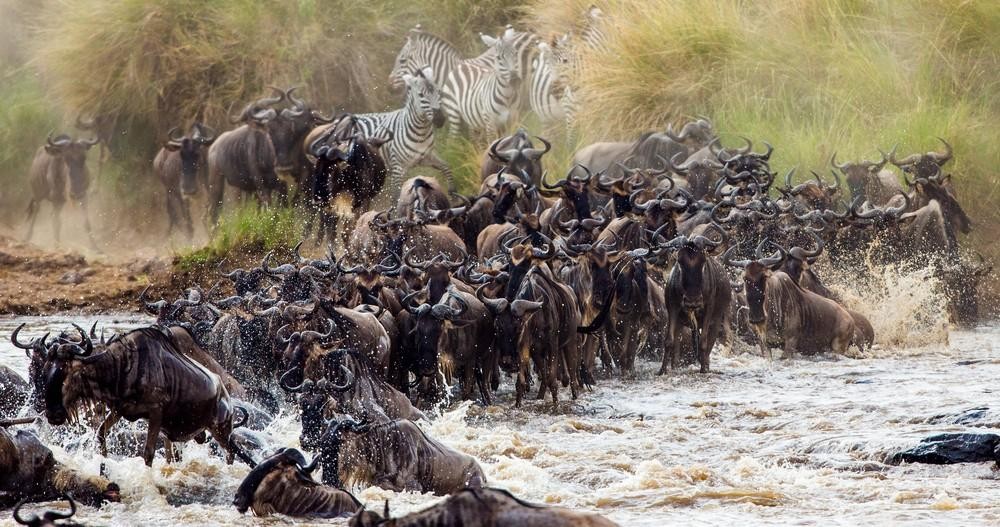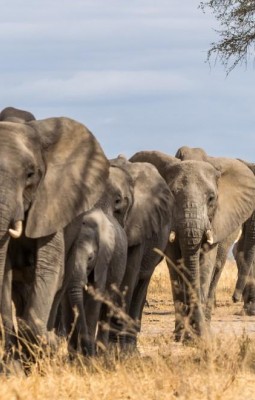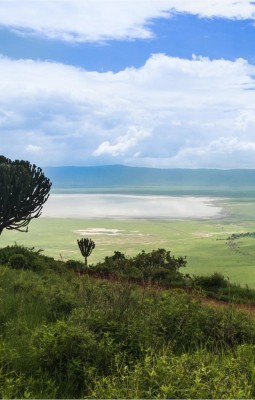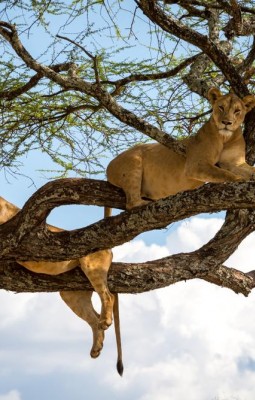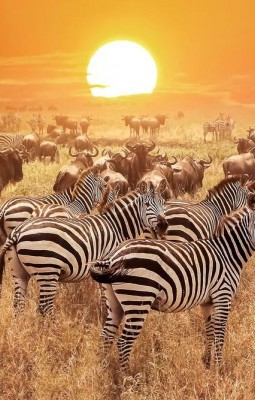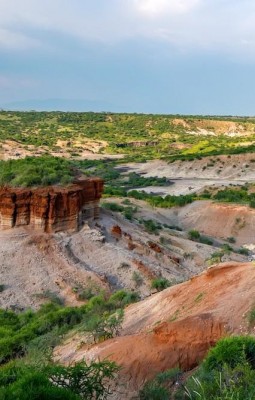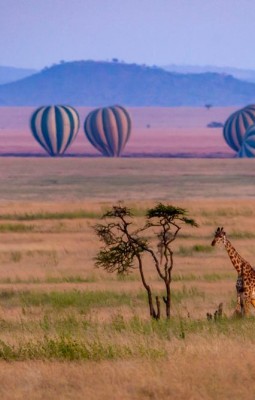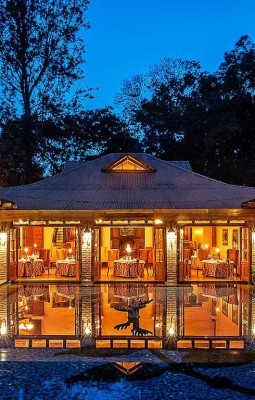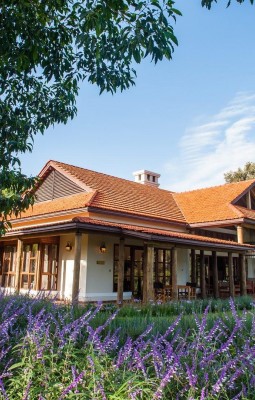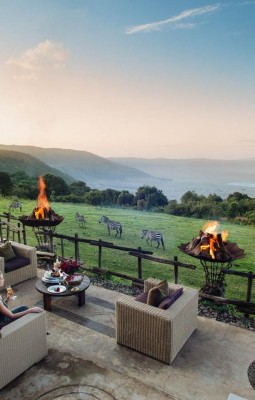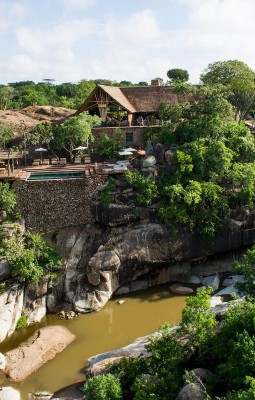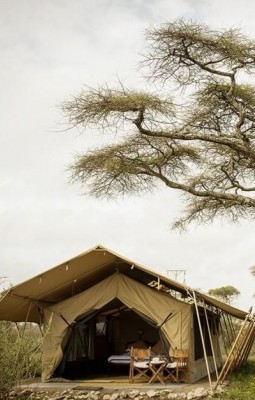Is Serengeti the last wild paradise on Earth? Rightly, when we talk about Serengeti we talk about the most famous park in Africa, which is home to the highest number of predators on the planet. Imagine 25,000 square kilometers of endless plains dotted with solitary acacia trees, zebra and antelope herds cutting off predators in search of food and water, giraffes and elephants.
The main attraction is, of course, the Great Migration, one of the wonders of the natural world. Every year, more than two millions herbivores, especially wildebeest, gazelles and zebras, oscillate between the two ecosystems of Serengeti and Masai Mara, following the rains and the green pastures, in a cycle of life only interrupted by predators' interference.
As Serengeti is impressive in terms of size, it is very important to choose an accommodation close to the migrating herds, depending on the time of the year when you are traveling. From December to March, you can witness a unique spectacle - this is the time when cubs are born in the south of the park; for the next three months, the little animals will be prepared by their parents for the difficulties they will have to face once the migration to the north starts in April.
We can say without a doubt that Serengeti is one of the rare places on the planet which, dispite its huge fame, manages to exceed all expectations and delight the imagination and souls of its visitors.
